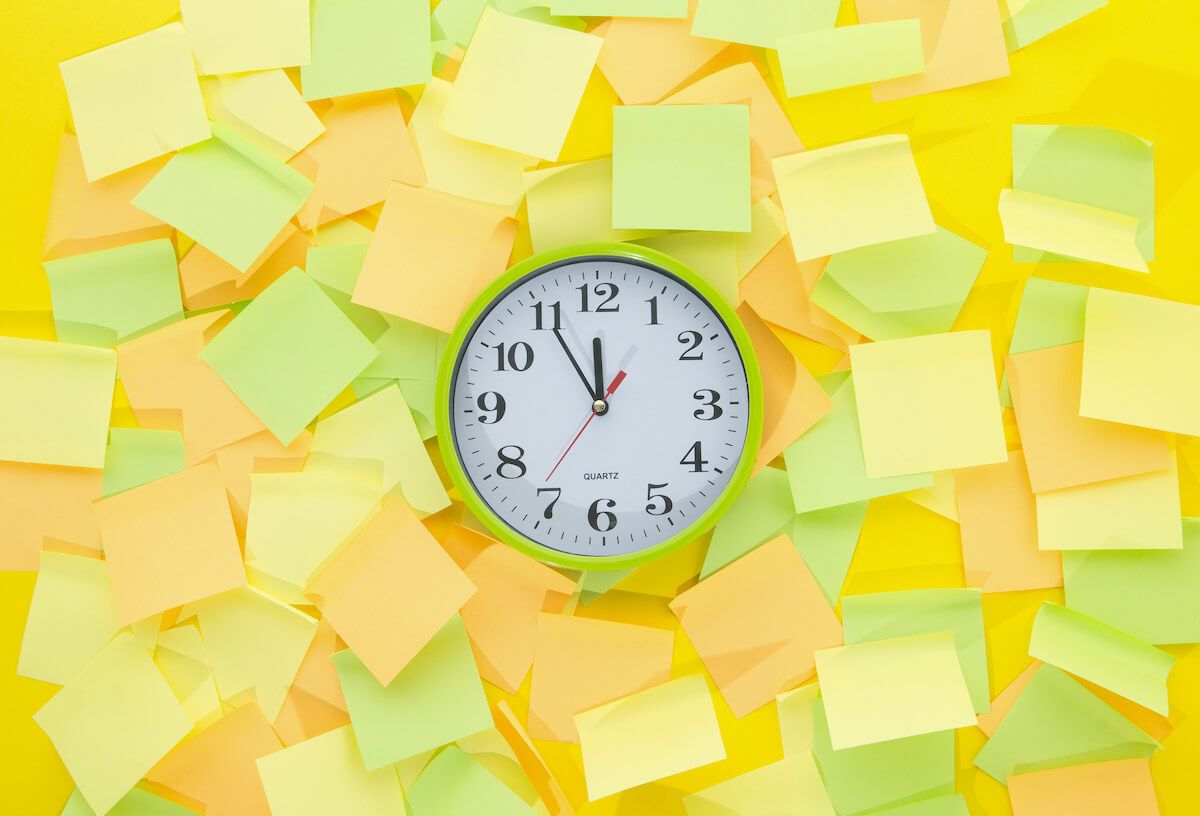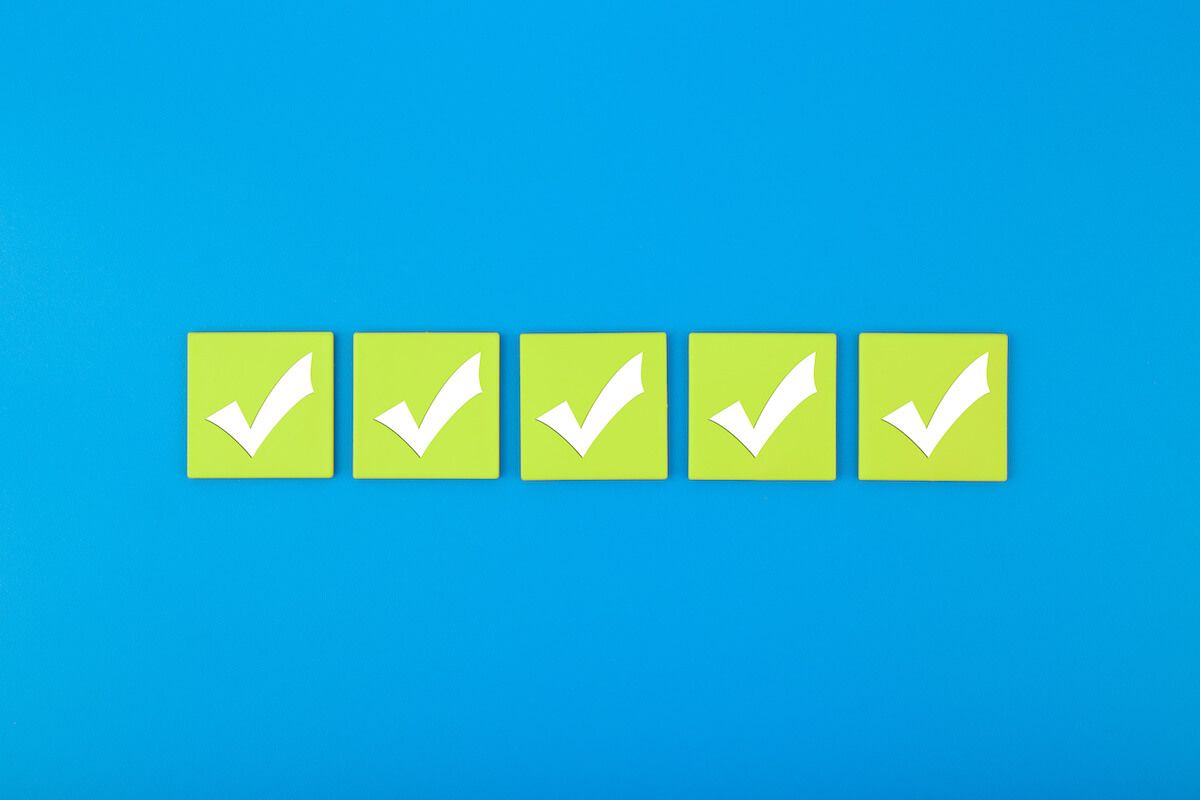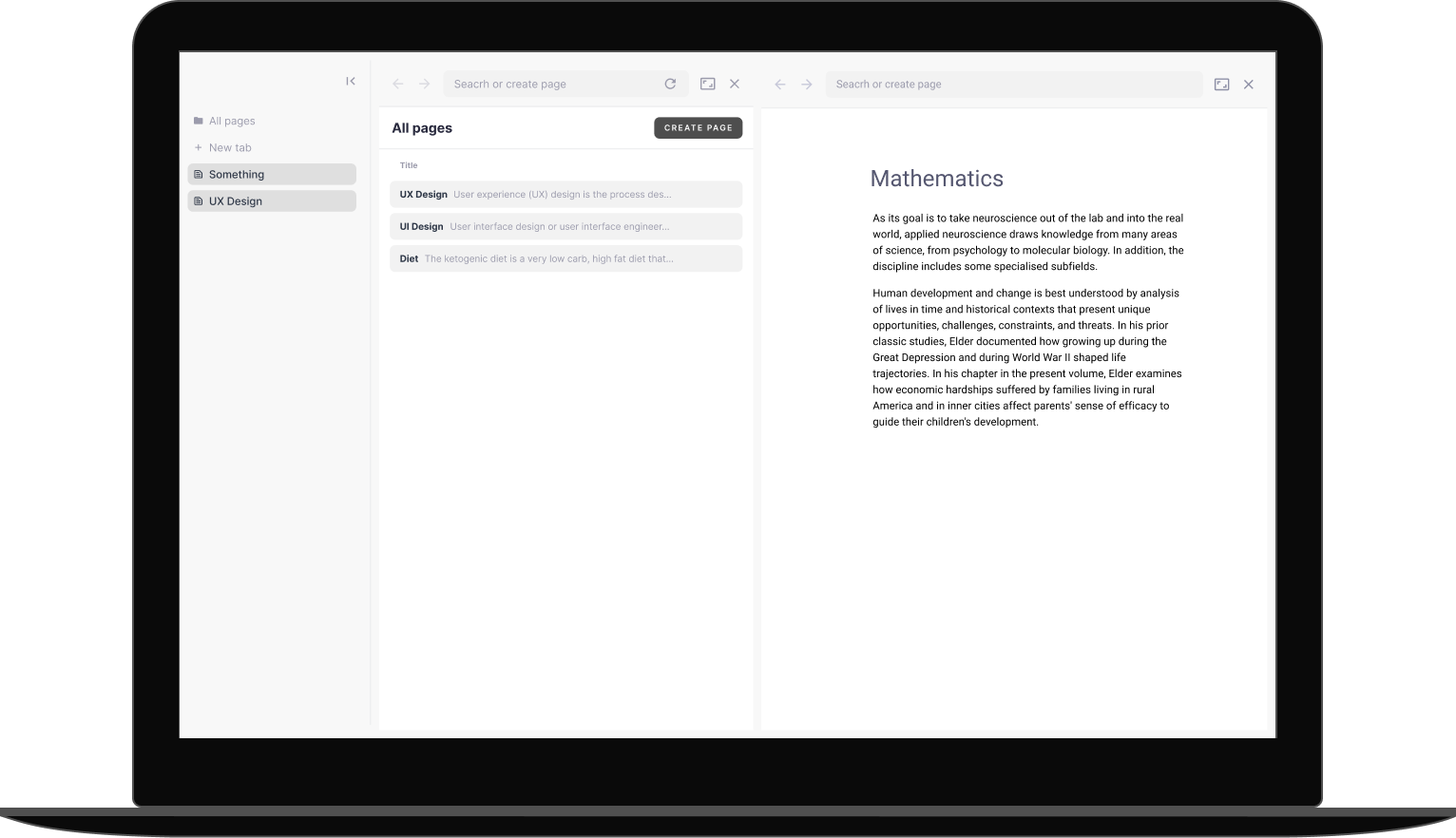On an average day, most people are busy with many tasks. Before leaving our homes, we’re already handling multiple tasks — gathering our things, getting dressed, and checking our to-do lists, all while considering the afternoon's big meeting and what we need to pick up for dinner on the way home.
The demands on our attention don't stop when we arrive at work. Often, they worsen, especially for knowledge workers.
Information and tools are digital in the modern work environment, and we plug right into the data stream as soon as we arrive. It’s not long before the stream becomes a river, and our tasks become rocks and boulders demanding our focus as we ride the rapids of our day.
We’ve become adept at maneuvering through our work environment. We boast about our multitasking abilities as we switch between different tasks on our to-do lists, feeling like we’re conquering our day. We've heard that multitasking isn't ideal, but we do it anyway because it feels like the only way to get everything done.
But here's the thing — constantly switching tasks that you should be giving your full attention to isn’t effective multitasking.
In fact, we aren’t really multitasking at all.
In this article, we’ll examine how we switch between complex tasks when multitasking and how that affects our workflow. We’ll also reveal how to maximize your multitasking skills by focusing on one task at a time.

Most of us think of the typical examples when we hear the word “multitasking” — the busy receptionist answering phone calls, scheduling appointments, and welcoming patients in the reception area of the doctor’s office, or the server taking multiple orders, bringing food to several tables, and finalizing checks at the counter of a deli.
Multitasking typically refers to the act of doing several things at once. This can be physical, like washing dishes while talking on the phone, or mental, like thinking about what you'll say when it’s your turn while listening to your team member’s presentation.
Many people consider multitasking abilities desirable. Recruiters seek "multitasking skills" while scanning resumes on Linkedin, and project managers tout their ability to juggle multiple tasks as a strength. After all, in our busy lives, if we can multitask, we can get more done in less time, right?
Wrong. Unless you're one of the 2.5% of people considered "supertaskers," you probably aren’t getting more done because you aren’t actually doing two things at once.
Although we like to believe we're good at multitasking, research shows no correlation between our inflated perception and our actual multitasking ability.
True multitasking — performing two or more actions simultaneously — just isn’t possible because of how our brains are built. The human brain is single-task oriented and lacks the cognitive and neural abilities necessary to do multiple things simultaneously.
When we attempt to multitask, what's really happening is that the brain is quickly shifting its focus back and forth between the two jobs — a process known as task switching.
When switching tasks, the human brain follows four steps:
Sometimes switching tasks isn't a big deal. While walking on the treadmill and browsing social media, for example, it doesn't matter if it takes a little longer to switch focus.
However, certain things have higher cognitive demands. Complex tasks that require our full attention, such as writing, reading, and critical thinking, place increased demands on the brain's control and attention systems. These systems can partially minimize the impact, but multitasking isn't free.

We've all been there — we're in the flow, working on an important task when we're interrupted by a phone call, social media notification, or a team member. Just like that, poof! Our focus disappears — and it often takes a long time to recover.
Disruptions to our workflow require task-switching, a cognitively demanding process that significantly impacts our focus. Switch costs occur when shifting from one task to another diminishes performance quality or speed. Numerous psychological studies have demonstrated that switching between tasks has major costs, including:
The results can be detrimental when you spread your attention and focus too thinly. Although multitasking might feel more productive, it usually results in shallow work. To work deeply and effectively, you must focus on a single task at a time. Giving one task 100% of your attention is better than giving three jobs 33%.

Although the costs of switching tasks are many, a small amount of research suggests a few specific benefits of effective multitasking. In one study, for example, researchers found that people who multitasked had higher levels of creativity and generated more creative ideas than those who didn't.
Another study found that, although multitasking reduced performance, people performed better overall when they viewed themselves as doing multiple tasks. People who perceived their actions as multitasking were more engaged and, therefore, outperformed those who thought of the same activity as single-tasking.
Cultural influences may be responsible for the positive response to multitasking. According to "attention economy" studies, modern society receives too much information. As Herbert Simon, an economist and psychologist, said, "a wealth of information creates a poverty of attention." To cope, we must multitask, despite its inefficiency.
However, what is valuable isn’t the multitasking itself but the skills we gain from it, including:
While effectively managing multiple tasks is beneficial, we can develop these skills without multitasking. In fact, focusing your attention on one task at a time can help you develop these skills more effectively.

Let's be honest — we'll always have more than one task to do. Most jobs require employees to juggle multiple tasks and priorities. But rather than slowing our productivity by switching tasks, we can learn to focus on one at a time.
You can use multitasking skills to your advantage with these seven tips:
While multitasking is not ideal, there are times when it's necessary. By following these tips, you can use your multitasking skills to your advantage and minimize the adverse effects of task-switching.

Gather information, take notes, review, reflect, surface insights. All from one perfect, distraction-free interface.
Learn moreFocusing on one task is hard when there's so much to do. Multitasking seems like it would help us get more done, but it actually makes us less productive and more likely to make mistakes. Put multitasking skills to use — you can stop task-switching and start focusing by following these tips. Take advantage of your multitasking skills and follow these tips to stop task-switching and start focusing.
I hope you have enjoyed reading this article. Feel free to share, recommend and connect 🙏
Connect with me on Twitter 👉 https://twitter.com/iamborisv
And follow Able's journey on Twitter: https://twitter.com/meet_able
And subscribe to our newsletter to read more valuable articles before it gets published on our blog.
Now we're building a Discord community of like-minded people, and we would be honoured and delighted to see you there.